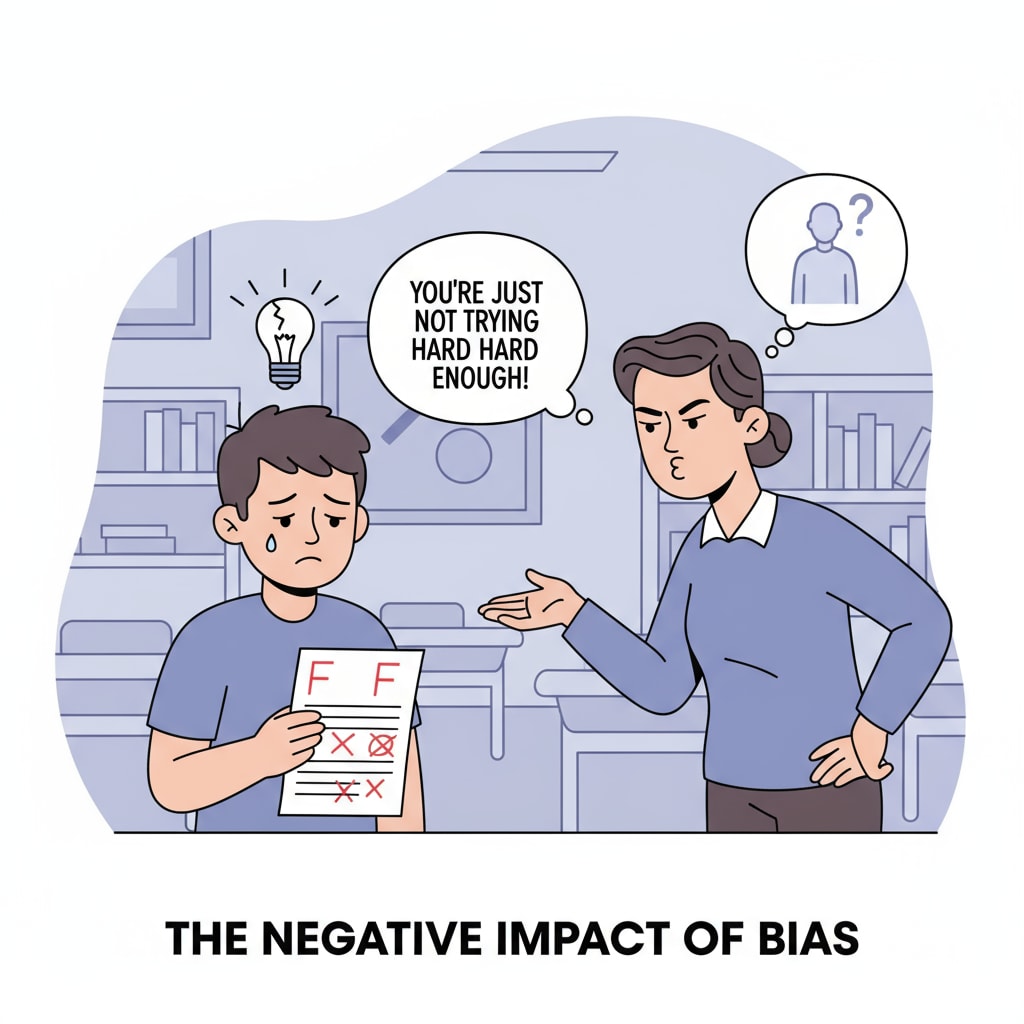School Injustice, Teacher Bias, and the Labeling Effect are phenomena that can have a profound and lasting impact on students’ lives. In the realm of K12 education, the labels teachers attach to students, whether consciously or unconsciously, can shape the students’ futures in unexpected ways. These labels are not just simple descriptions; they can become a heavy burden that restricts students’ potential.

The Origins of Teacher Bias
Teacher bias often stems from various factors. For example, teachers may unconsciously form opinions based on students’ appearance, family background, or initial academic performance. Sometimes, stereotypes play a significant role. A teacher might assume that a student from a certain socioeconomic background is less likely to be academically successful. This initial bias can then lead to the assignment of unfair labels. As a result, students who are misjudged may start to believe these negative labels, which can further hinder their development. Stereotype on Wikipedia

The Impact on Academic Development
The labeling effect has a direct impact on students’ academic progress. When a teacher labels a student as “slow” or “unintelligent,” it can erode the student’s confidence. Without confidence, students may be less motivated to learn. They might stop trying new things or participating in class discussions. In addition, teachers may also unconsciously provide fewer opportunities to these labeled students, such as not selecting them for special projects or advanced courses. This lack of opportunities further limits their academic growth. Effects of Teacher Expectations on Student Achievement
The long-term consequences of these unfair labels are even more worrying. Students who are constantly labeled negatively may fall behind in their studies and may even drop out of school. This not only affects their individual futures but also has a negative impact on society as a whole.
Readability guidance: As seen, the origins of teacher bias and its impact on academic development are complex. Short paragraphs help break down these ideas. Transition words like ‘for example’, ‘as a result’, and ‘in addition’ make the flow more logical. Each H2 has a clear focus, and the use of external links provides more in-depth information.


